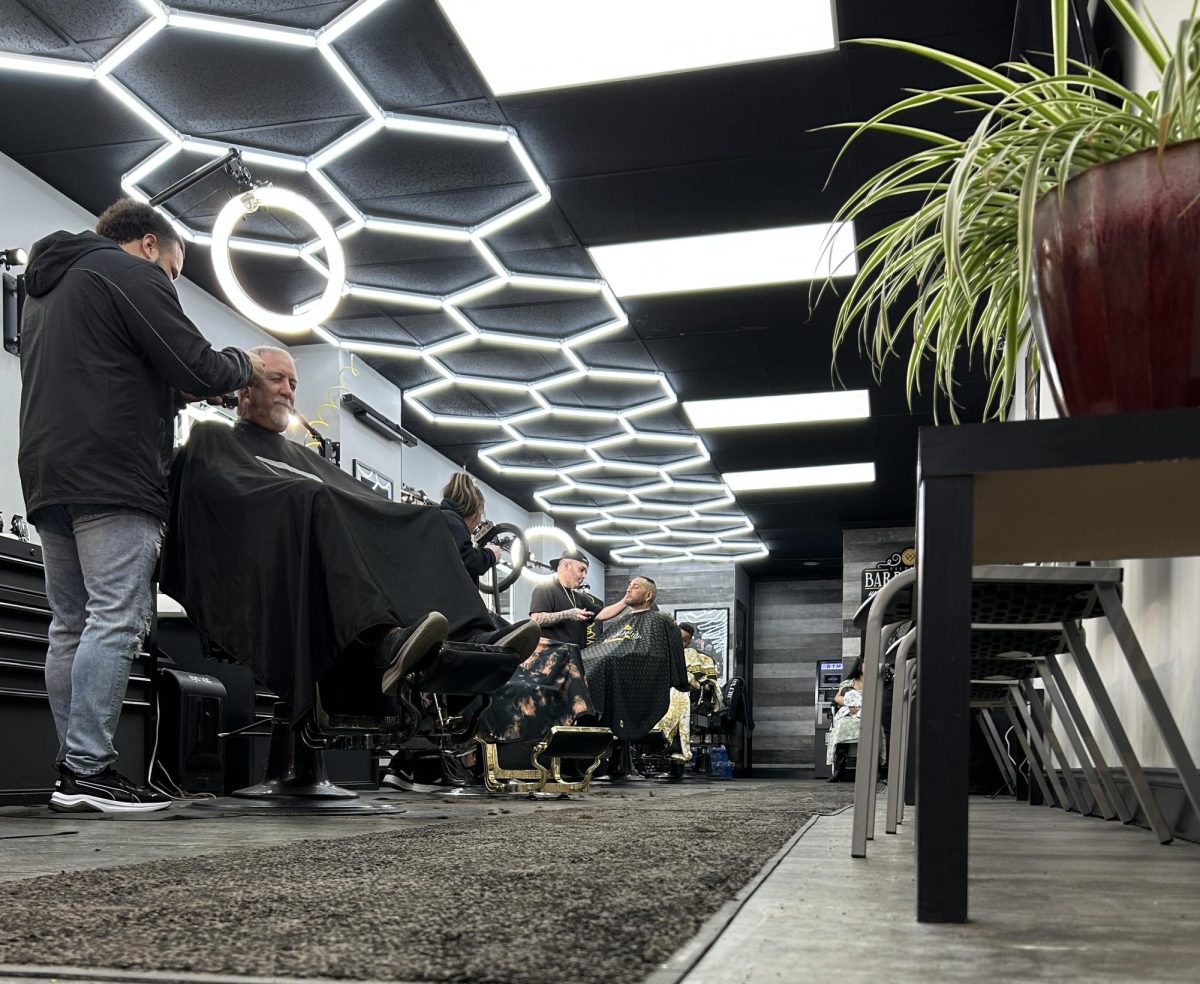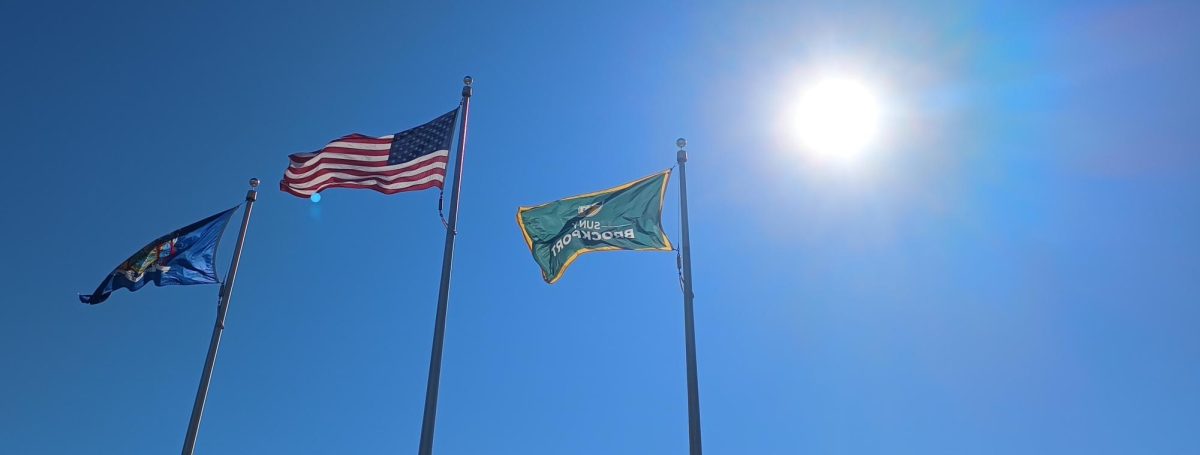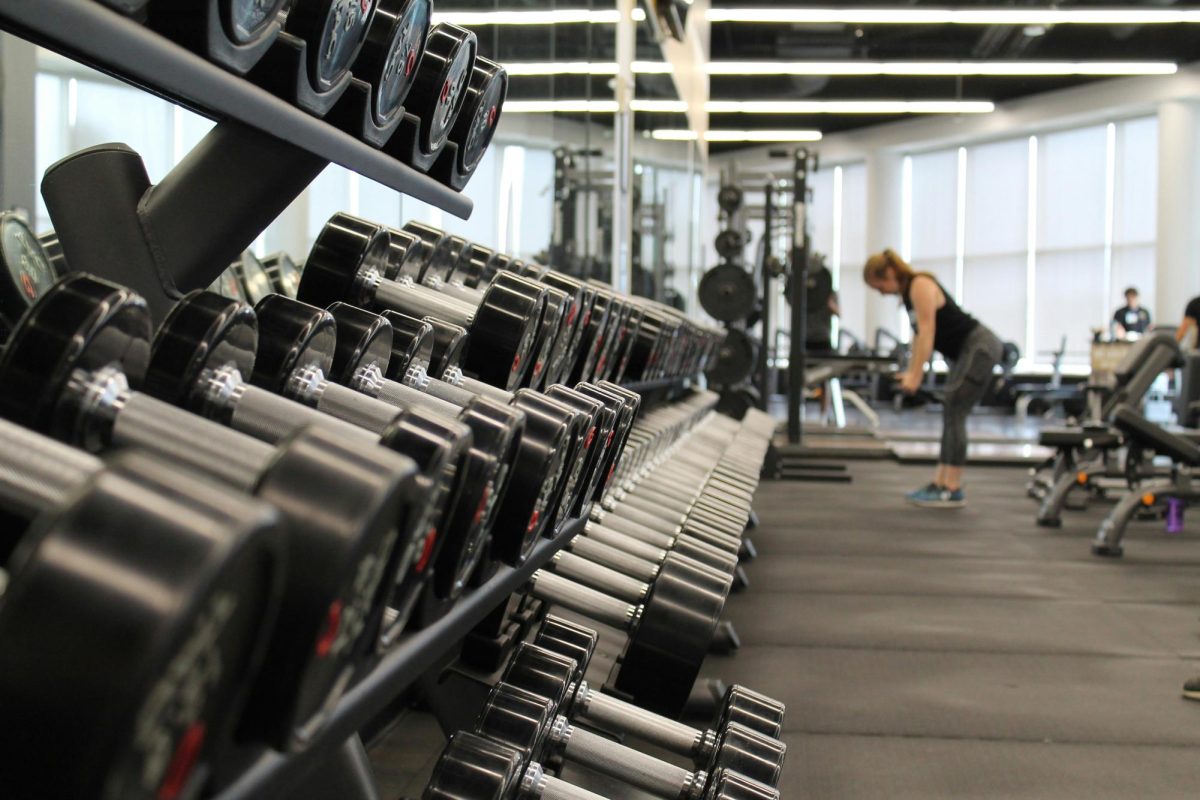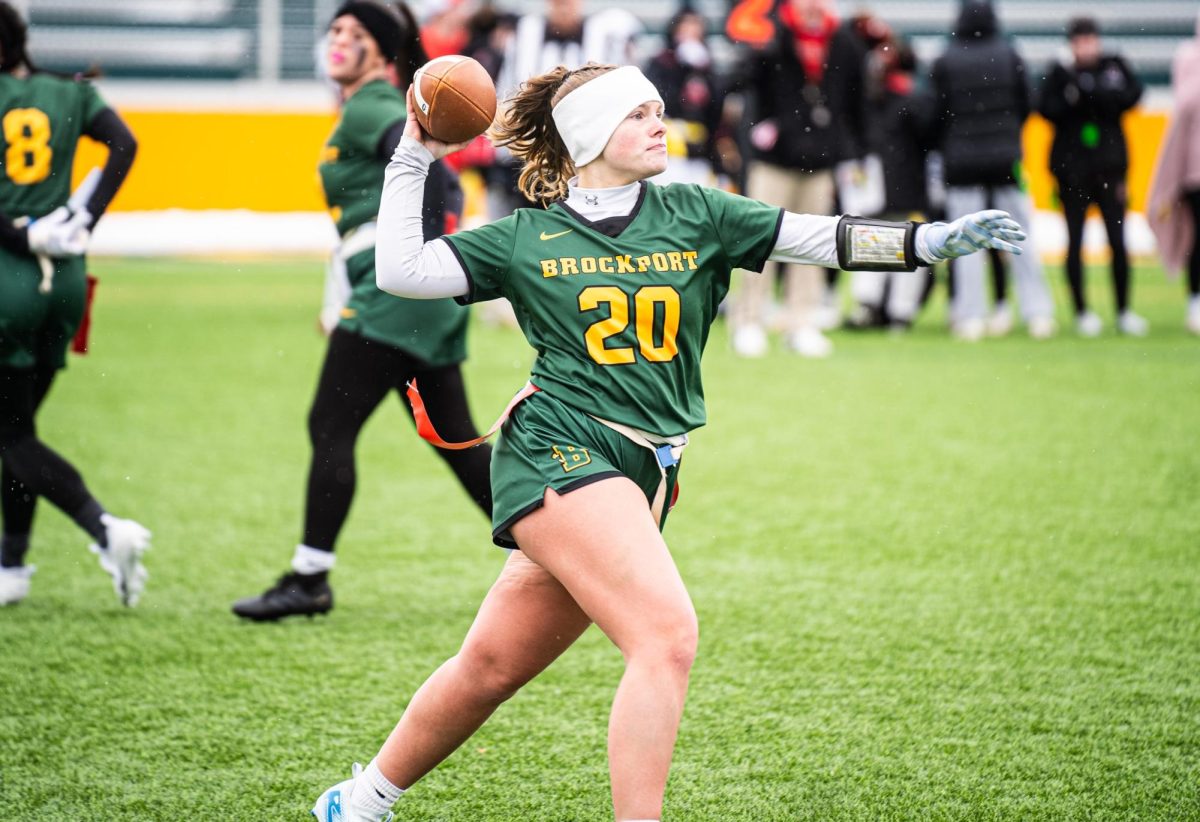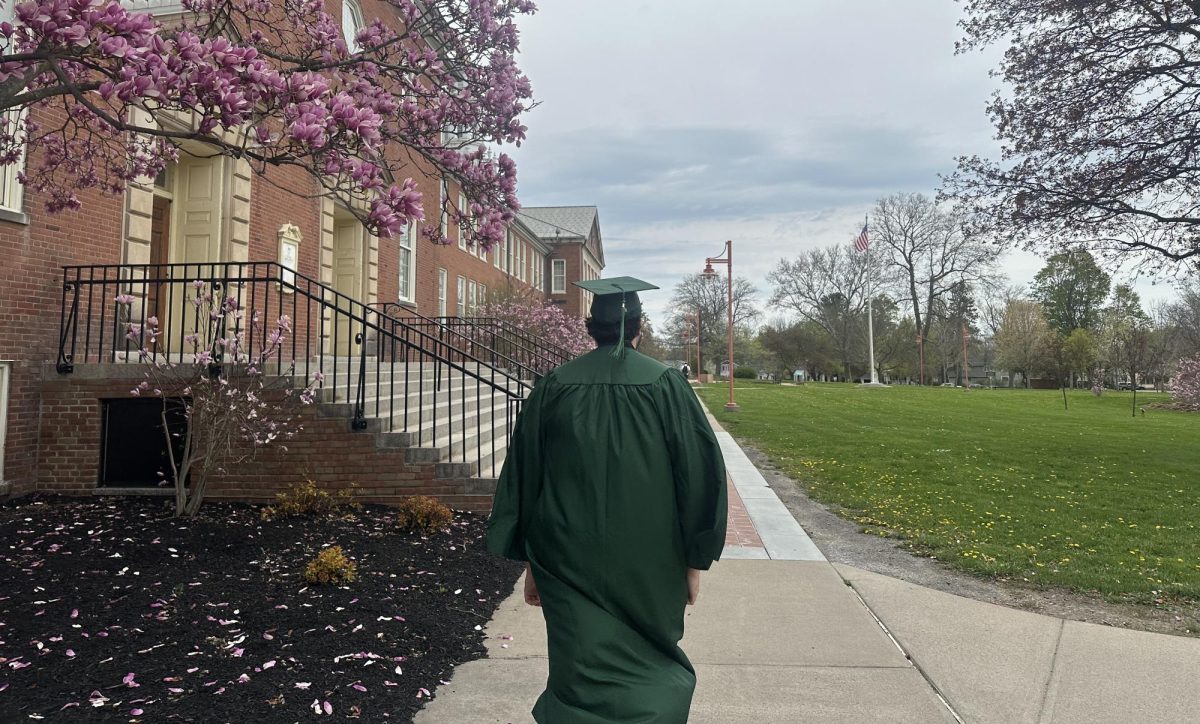By: Mathieu Starke
It’s generally not a good sign when a decision meant to protect athletes, coaches, administrators and every other individual involved is reacted to with shock. However, that was the reaction from many fans when the National Intercollegiate Athletic Association (NCAA) cancelled the 2019-20 Basketball Championships due to the COVID-19 pandemic.
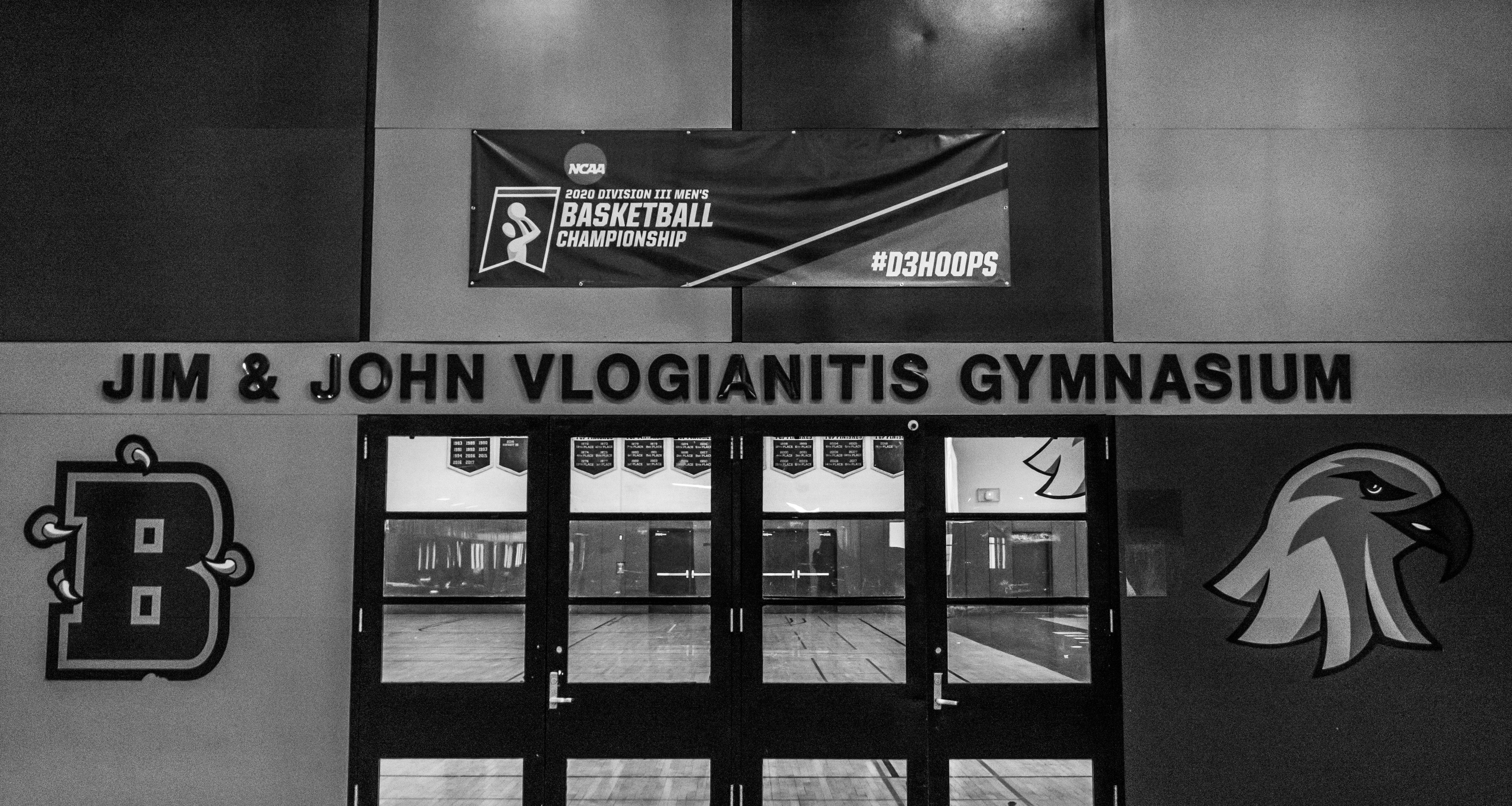
Photo by: Mathieu Starke
What is worse is the shock wasn’t even about the billion dollars that the NCAA could lose from the decision. The shock was about the NCAA making a decision that was meant to have the best interest of those involved in the event. It’s views like this that have fans to change the NCAA acronym to titles they feel are more appropriate, such as ‘Nobody Cares About Athletes,’ ‘No Class At All’ and ‘No Clue About Anything.’
There’s no question that college sports have a lot wrong with them. From the NCAA’s insistence about amateurism (which is currently falling apart after California passed a law in 2019 superseding the NCAA rules), to the fact that the NCAA fought to make sure that they couldn’t directly be sued for Title IX violations since they only govern institutions who receive federal funding, but do not receive federal funding directly.
On March 18, 2021, some of the issues within the NCAA came into the spotlight. Videos and images from inside the NCAA March Madness and Women’s Basketball tournament bubbles came out, showing a shocking disparity in numerous areas, such as the workout space provided, food and even COVID-19 testing.
After a statement made by the NCAA stating that the “weight room” (which started as a set of dumbbells and some yoga mats based on the images) claimed that the plan was to expand the weight room once space was available. However, Oregon Women’s Basketball player Sedona Price posted a video on Tiktok and Twitter which made it appear that the NCAA was just trying to quell the fire that had started.
SUNY Brockport professor Mario Fontana said that he thought the NCAA statement was just reacting to an issue without focusing on the problem.
“One thing that is abundantly clear is that leadership is hard, and taking responsibility is not something that everyone can do,” Fontana said. “In a cutthroat professional world, the most important thing is the outcome. I’m sure whomever was in charge of drafting that just needed to get something out quick because a lot of people don’t like waiting and that’s what got them through the day. They aren’t even thinking about the long-term implications, which maybe is a better indicator that those people might not be who are necessarily fit to lead a billion-dollar organization,” (it is important to note that the NCAA is registered as a not-for-profit organization.)
The issues that were revealed during the 2021 NCAA basketball tournaments were just the tip of the iceberg. Those events put pressure on the NCAA to hire an independent firm to do a review of their practices, which they did. Kaplan Hecker & Fink (KHF), a law firm in based out of New York City was hired to do an external review of the NCAA and its practices. The results were less than shocking to many in the sports world.
“There are sizeable disparities between the budgets for the men’s and women’s tournaments; in 2019, the last year for which there are finalized financials, the difference in spending was approximately $35 million,” says the KHF report.
Although KHF does note that some differences are justified, many issues are not. They also note that many of these issues are more significant at the Division I level, with any systematic disparities being minimal within the Division II and Division III models. Even within the Division II and Division III models some issues exist, although there are multiple contributing factors
“This is attributable to the fact that neither men’s nor women’s basketball in these divisions brings in any real revenue for the NCAA, so there is no financial incentive to prioritize one gender over the other,” says the KHF report.
To be clear, equity doesn’t always align with equality. There should be no expectation that the NCAA would spend more money to make everything exactly equal regardless of if you’re comparing men’s and women’s basketball, or football and field hockey. However, the expectation should be that resources made available to athletes are the same.
“To be sure, gender equity does not require equal budgets, as a tournament with greater fan attendance, corporate sponsorship, and media attention, and one with all rounds hosted at neutral sites, naturally commands additional resources and support. However, the view that men’s basketball is highly profitable and therefore worthy of increased investment has cultivated a culture within the NCAA in which men’s basketball is not required to abide by many of the same budgetary constraints as women’s basketball (or other sports),” said the KHF report.
The attention drawn to the NCAA after the basketball tournaments might have created an eye-opening opportunity for society. The 2021 Women’s National Championship drew an average of over four million viewers, the most since 2014. However, that still sits at just under 25% of the viewership of the Men’s National Championship game, which averaged 16.5 million viewers.
“There is progress being made even when it might not be as fast as the parties may want,” said Fontana.
There’s no question that factors are involved in the disparities between championship events that are beyond the NCAA, including the attention that media organizations give to the respective tournaments. As for the NCAA, they have started to make some changes to their system, including branding the 2022 women’s tournament under the March Madness umbrella, and expanding the women’s tournament field.




